
- •С одержание
- •В ведение
- •1 Современные способы выявления микротрещин в трубопроводе
- •1.1 Развитие технологии методов выявления микротрещин в магистральном трубопроводе
- •1.2 Анализ появления микротрещин в трубопроводе
- •1.3 Факторы, влияющие на надежность магистрального трубопровода
- •1.4 Диагностирование трубопроводов
- •1.5 Методы диагностирования
- •1.6 Оценка технического состояния магистрального трубопровода
- •2 . Виды и способы капитального ремонта магистрального трубопровода
- •2.1 Укладка в совмещенную траншею вновь прокладываемого трубопровода рядом с заменяемым с последующим демонтажем последнего (рис. 2.1).
- •2.2 Укладки в отдельную траншею вновь прокладываемого трубопровода, в пределах существующего технического коридора (рис. 2.2).
- •2.3 Укладка нового трубопровода в прежнее проектное положение (рис. 2.3).
- •3 . Подготовка и проведение капитального ремонта магистрального трубопровода
- •3.1. Организационные мероприятия
- •3.2. Подготовительные работы
- •3.3 Земляные работы
- •3.3.1. Снятие и восстановление плодородного слоя почвы
- •3.3.2. Разработка траншеи
- •3.3.3. Засыпка траншей
- •3.4. Подъем и укладка трубопроводов
- •3.5. Очистка наружной поверхности трубопровода
- •3.6. Сварочные работы
- •3.7. Испытание отремонтированного участка мт
- •3.8. Порядок сдачи и ввод отремонтированного участка в эксплуатацию
- •4 . Выбор комплекта технологического оборудования для проведения капитального ремонта магистрального трубопровода
- •4.1. Бульдозеры
- •4.1.1. Расчет основных рабочих параметров бульдозера:
- •4.2. Экскаваторы
- •4.2.1. Техническая производительность одноковшовых экскаваторов определяется по формуле:
- •4.2.2. Мощность необходимая при наиболее энергоемкой операции копания грунта можно определить по формуле:
- •4.2.3. Количественные расчеты
- •4.3. Трубоукладчики
- •4.4. Машины для транспортировки труб
- •4.5. Подъемно–разгрузочные машины
- •4.6. Автомастерские
- •4.7. Топливозаправщики
- •4.8. Транспортные машины для доставки персонала к месту работы на трассе
- •4.9. Электросварочное оборудование
- •4.10. Труборезные машины
- •4.11 Машины изоляционные
- •4.12 Технология герметизации полости магистральных трубопроводов
- •4.13. Итоговый комплект технологического оборудования для проведения капитального ремонта магистрального трубопровода
- •5 . Меры безопасности
- •5.1. Земляные работы
- •5.2. Подъем и укладка трубопровода
- •5.3. Сварочные работы
- •5.4. Очистка и противокоррозионная изоляция
- •5.5. Испытание магистральных трубопроводов
- •5.6. Пожарная безопасность
- •5.7. Охрана окружающей среды
- •6 Динамика ежегодных затрат на капитальный ремонт трубопровода
- •6.1. Расчёт затрат на выполнение капитального ремонта.
- •6.2 Обоснование плановых показателей объема продукции
- •7 . Иностранная часть
- •З аключение
- •С писок использованной литературы
7 . Иностранная часть
Abstract
Maintaining a pipeline can be a costly but is very little in comparison to the cost of a failure. Pipeline operators must balance maintenance costs with pipeline integrity. The purpose is not to save money but to attain a level of safety that is acceptable to the Company and the public at a cost the company can afford. The public, however, is gaining an ever-increasing voice in where the integrity level is set. Risk assessment and integrity driven solutions are becoming more important every year.
Clock Spring Company L.P. believes that new composite technology developed for pipeline repair can be a significant variable in the integrity equation. This technology can be a cost effective method of improving safety while keeping maintenance cost down. Clock Spring Company is also aware that not all composites are of equal character and pedigree and that only new technology meets the engineering and testing guidelines established in recent code revisions. The distinctions between different types of composites used for pipeline repair are important, and must be understood to ensure the composite repair selected will meet the rigorous specifications demanded by sound engineering.
Introduction
Composite technology is an accepted repair alternative for certain pipeline defects. While this statement is true, it is also misleading and can lead to disaster. New technology repairs are an accepted repair alternative for certain pipeline defects and new technology just happens to be a composite. Not all composites are equal and the distinctions can be critical in high-pressure pipeline repair applications. The difference must be known and understood to allow pipeline operators to make sound engineering decisions on repair alternatives.
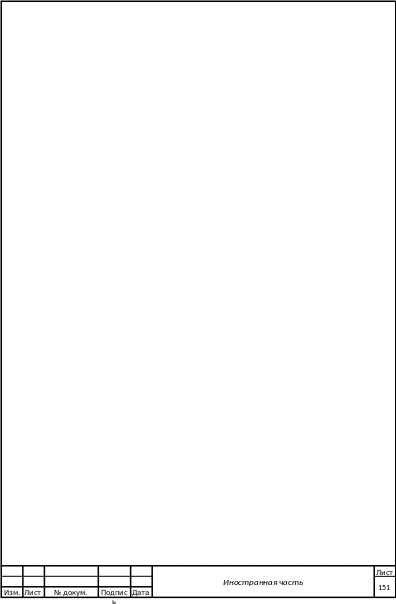 In
1987, Gas Research Institute (GRI) assembled a team of researchers,
scientists, engineers and pipeline experts to evaluate alternative
repair techniques to complement cutout and replace and steel sleeves.
This team consisted of many respected groups and individuals
including; GRI.
In
1987, Gas Research Institute (GRI) assembled a team of researchers,
scientists, engineers and pipeline experts to evaluate alternative
repair techniques to complement cutout and replace and steel sleeves.
This team consisted of many respected groups and individuals
including; GRI.
Battelle, Stress Engineering, Southwest Research Institute, NCF Industries, ITW Plexus, North Western University, Kiefner and Associates and Clock Spring Company.
The teams' mandate was to determine the feasibility of using composites as a repair alternative for high-pressure pipelines. Design criteria for the repair system were developed early in the program.
The repair must:
be non-intrusive
applicable to in-service pipelines.
be permanent.
be cost effective.
be fully predictable and verifiable by modeling and definitive equations.
eliminate all installation variables.
be effective in all locations and environments.
be effective for all pipe grades and sizes.
meet or exceed current code requirements.
eliminate field design and field engineering.
conservatively restore the pipe to its original strength.
be rigorously tested and subjected to peer review.
The result of this development effort is the new technology repair system.
The
new technology you see today is manufactured by encapsulating tows of
continuous E-glass fibers in an isophthalic polyester resin matrix.
This is then bonded to the pipe and to itself with a methyl
methacrylate adhesive. Before applying the new technology, the defect
area is filled with a high compressive 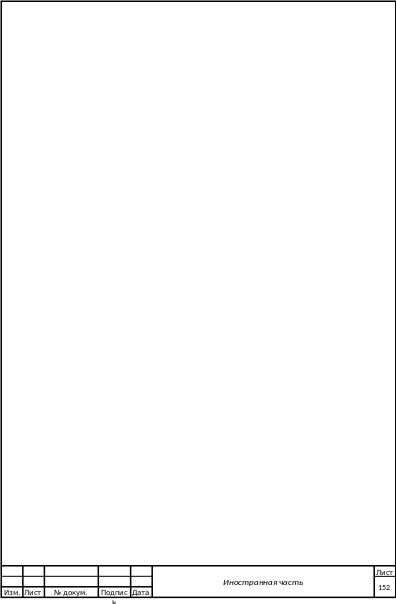 strength
filler material to transfer the load from the pipe to the new
technology. This repair system is a result of evolution
rather than revolution.
Many other embodiments of composite technology were investigated and
rejected for solid engineering reasons.
strength
filler material to transfer the load from the pipe to the new
technology. This repair system is a result of evolution
rather than revolution.
Many other embodiments of composite technology were investigated and
rejected for solid engineering reasons.
Composites--Fiber Reinforced Plastics
A general definition of a composite is a synergistic combination of two or more materials. More specifically, composites comprise high strength reinforcement in fibrous form, incorporated into, and bonded together by a matrix, usually a thermosetting polymer. The most common strength component is glass.
Most glass fibers consist of E-glass, a term which once stood for electrical grade glass. This glass is a super-cooled mixture of metallic oxides. It is brittle and transparent but has very high tensile strength, 3400 MPa (500 ksi). Glass is produced in a furnace at about 1200ºC (2192°F) and spun into fibers of approximately 10 microns (4x10-4 in.) in diameter by allowing it to drain under its own weight through many heated bushings.
Three characteristics must be considered when designing fiber reinforcement: fiber type (glass, carbon, or aramid); fiber form (typically roving, tow, mat, or woven fabric) and fiber orientation or architecture. Reinforcement can be oriented in any direction desired by the designer. The most common structural elements are designed with greater strength in the direction subjected to the greatest load.
New technology Development
The first new technology were manufactured from a woven glass cloth with a plain weave. Plain, woven rovings have equal quantities of fiber in the warp and weft directions, giving orthotropic laminates with roughly similar properties in these two directions. The cloth is relatively easy to work and produces an acceptable product.
During
the extensive testing program established for new technology, it was
shown that that the weave caused some problems. In accelerated
extended life test, under cyclical loading, the fibers moved and
chaffed causing some glass strands to 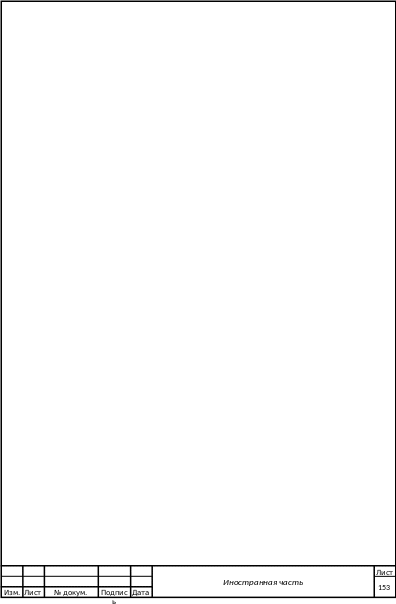 break.
The diminished strength was very minor but it was decided that this
was unacceptable for a product designed to have a fifty-year life.
There is another disadvantage of woven cloth; it is difficult to get
full saturation of the resin. This can lead to inconsistent
properties. The technology of glass cloth has improved over the last
few years, however the open literature has not yet reported test
results for cloth, under worst case cyclical loading that can compete
with the unidirectional glass used in the new technology. Be careful
of woven cloth products used in reinforcement applications under
cyclical loads.
break.
The diminished strength was very minor but it was decided that this
was unacceptable for a product designed to have a fifty-year life.
There is another disadvantage of woven cloth; it is difficult to get
full saturation of the resin. This can lead to inconsistent
properties. The technology of glass cloth has improved over the last
few years, however the open literature has not yet reported test
results for cloth, under worst case cyclical loading that can compete
with the unidirectional glass used in the new technology. Be careful
of woven cloth products used in reinforcement applications under
cyclical loads.
Chopped Strand Mat (CSM) and Swirl Mat
CSM is a very common form of fiberglass used in many applications. The randomly oriented, short strands of glass intertwine to form the bed of the material. The resin then binds these strands together. The strength of the mat in any give direction is unpredictable and relies largely on the strength of the epoxy or polyester resin. CSM should not be used for applications requiring critical, long-term reinforcement in a given direction.
Swirl Mat is similar to CSM except the fibers are longer and generally laid in a circular or swirl pattern. Like CSM it is not suitable for high-strength reinforcement application like pipeline repair.
Application Considerations
Two application techniques are available for the repair of pipelines: full-cure and wet-wrap. In the full-cure process, the composite sleeve is completely cured in the manufacturing facility and installed using filler and adhesive in the field. The composite sleeve will be coiled slightly smaller than the outside diameter of the pipe and cut to the length required by the repair. This method allows the glass direction and composition to be fully controlled. Wet-wrap requires that the glass cloth be wetted with resin in the field and applied to the pipe in this wet condition. The amount, or length of the wrap is variable and determined in the field. Curing takes place as part of the installation process. Several factors make the full-cure composite sleeve installation process more desirable than the wet-wrap process.
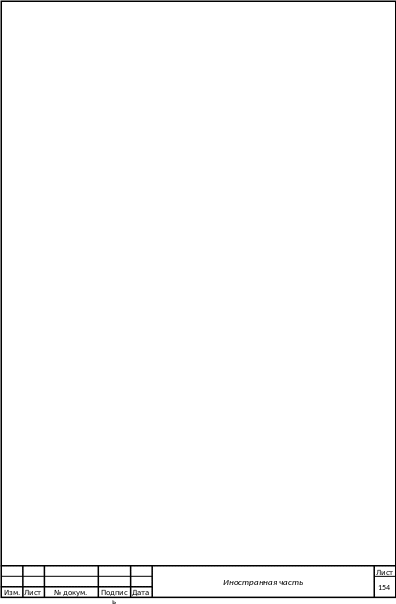 The
full-cure application process eliminates wet-wrap variables of wrap
tension, glass alignment, resin saturation, composite length and the
installation variables caused by field conditions. The mechanical
properties of the full-cure wrap are more consistent and better
defined than those of the wet-wrap. The wet-wrap process does have
the advantage of allowing the repair of fittings and other irregular
shapes.
The
full-cure application process eliminates wet-wrap variables of wrap
tension, glass alignment, resin saturation, composite length and the
installation variables caused by field conditions. The mechanical
properties of the full-cure wrap are more consistent and better
defined than those of the wet-wrap. The wet-wrap process does have
the advantage of allowing the repair of fittings and other irregular
shapes.
The best known and most widely used composite repair, New technology, is shown in Figure 1. It consists of unidirectional glass embedded in a polyester resin. The final repair will consist of 8 wraps and the repaired pipe will be stronger than new pipe.

Technology Repair is a three-part system:
a unidirectional composite structure of glass fibers and a polymer base;
a two part adhesive system;
a high compressive strength load transferring compound.
The
New technology composite is bonded to the pipe and to itself with an
interlayer adhesive. A typical new technology installation consists
of 8 complete wraps of the pipe to form a monolithic, 0.50-inch thick
structure. The adhesive is a proprietary epoxy-methyl methacrylate
known as MA440 and is an important part of the repair system. While
it is not required to provide any additional strength to 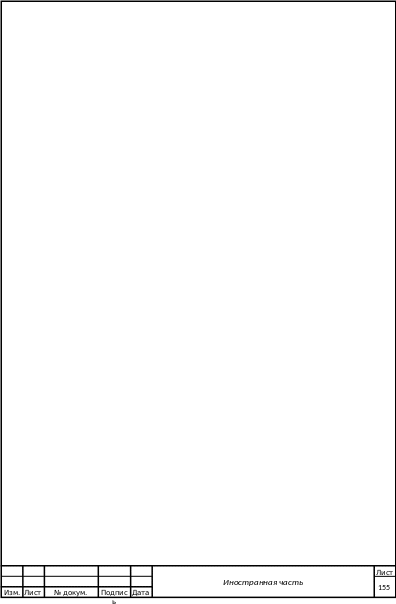 the
composite, it must be strong enough to hold the repair in place and
survive for 50 years in varied environments.
the
composite, it must be strong enough to hold the repair in place and
survive for 50 years in varied environments.
An analysis of the stress field in the new technology adhesive by Stress Engineering Services Inc. shows that the maximum adhesive stress is at the ends of unit and will remain below 200 psi. The New technology adhesive strength ranges from 1100 to 1500 psi.
This method of application has clear advantages over the wet applied technique. Only through stringent control can the performance of the repair be predicted.
Composites work in the pipeline repair application by sharing the hoop load carried by the pipe wall. This load has to be efficiently transferred to the composite. The only way to accomplish this is to fill external defects with a high-compressive strength material that protects the thinned ligament from further yield. New technology repair system is the only composite system to apply this load transferring strategy and holds patents on this technique. It is a critical part of the repair process and any repair technique not using filler should be considered unsuitable for critical high-pressure repairs.
New
technology is the result of a tremendous engineering effort that
required 10 years to complete. The
elegant design belies the complexity of the system. The fact that New
technology is a composite does not mean that all composites make for
good repairs. Be very careful in selecting your repair alternative.
Demand the documentation and history to verify performance. All
testing done during New 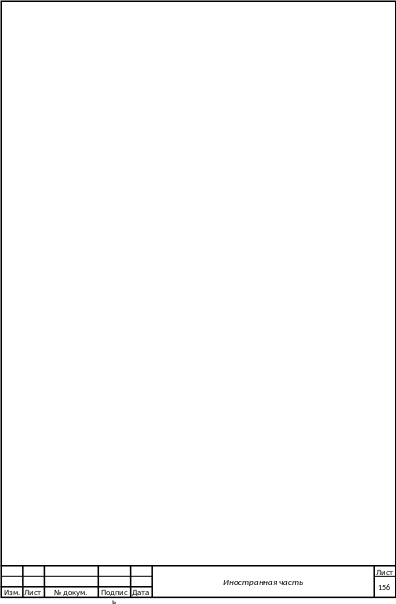 technology
development is available through the GRI web site, www.gri.org
or from Clock Spring Company L.P.
technology
development is available through the GRI web site, www.gri.org
or from Clock Spring Company L.P.
New technology is designed to repair all defects in accordance with ASME B 31.G. The software program GRIWrap can verify the effectiveness of the repair. Since all of the mechanical properties are known and can be controlled during manufacture and since the installation technique is reliable and repeatable the durability can be confirmed. This is not the case with many of the alternative composite repairs. Only New technology has the test data and history to ensure permanency.
Choose Carefully
GRI has expressed concern about the tendency to rate all composite repairs equally and have gone on record to ensure that pipeline operators know that there is a difference.
"To GRI’s knowledge none of the alternative material types, including chopped strand mat, the prepreg wet wrap (a fabric that has been impregnated with resin but has not yet cured), field impregnated and glass cloth epoxy resins or the water activated composite wrap, have gone through the extensive testing program that GRI conducted for Clock Spring’s development. It is GRI’s opinion that reliable engineering tests of alternative material types should be published for peer review. Some tests would provide guidance to establish the strength, stiffness, and especially durability under load in various aggressive pipeline environments. GRI has not tested any alternative materials to New technology nor has it been provided with a full set of testing results of these alternative materials. Therefore, the properties and especially durability of these alternatives are completely unknown to GRI, and GRI cannot verify their use."
"It
is the position of GRI that the long-term durability testing of any
composite repair must be documented to have met “reliable
engineering tests and analyses”. The open technical literature,
published for peer review, indicates that at this time only the New
technology repair system has passed reliable tests and analyses to
show permanency. A review of editorials and the open technical
literature indicates 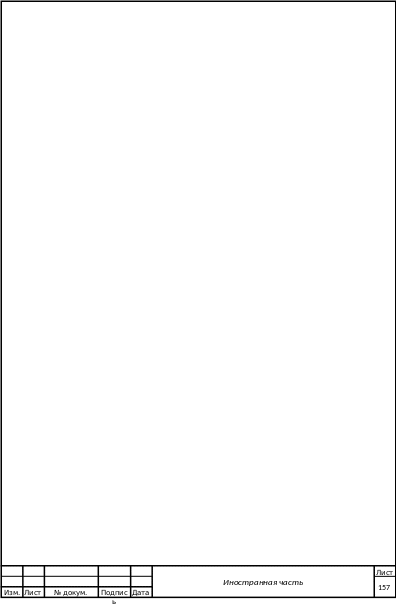 that
several alternative systems are being promoted as appropriate for
pipeline use. GRI is not aware that these alternatives have
demonstrated the integrity and permanency of their products.
that
several alternative systems are being promoted as appropriate for
pipeline use. GRI is not aware that these alternatives have
demonstrated the integrity and permanency of their products.
Alternative Composite Repair Concerns:
Strength: New technology has a 50-year design stress of 20 ksi, which is about ¼ of the average New technology tensile stress. These values were based on a battery of over fifty stress rupture durability tests most surviving beyond the two-year lab test. The 20-ksi value was estimated from the lower bound curve extrapolated to 50 years.
Stiffness: New technology has a stiffness of 5x106 psi, which is about 1/5 that of steel. This means that the steel will bulge or strain beyond yield to almost 1% before the load is wholly concentrated in the New technology. This was documented by Stress Engineering in GRI Report GRI 97/0413.
Cure: New technology is fully cured before shipping and the pedigree of both the composite and the temperature and time sensitive adhesive components are rigorously controlled. .
Durability: The New technology repair system has been seriously tested in the field at more than 20 official ground durability sites across the USA. Clock Springs were removed after as much as seven years of exposure for exhaustive testing. No change in material properties or chemistry was found.
Training: Installers and the trainers who teach the installers earn their certification through practical tests similar to welder qualification.
Engineering Critical Assessment: GRI sponsored the development of GRIWrap, a windows program that tells the operator that the known corrosion defect is small enough to safely recoat and bury, or if the defect fails B31G and a New technology repair is necessary or the defective pipe must be cut-out and replaced with new pipe. "
Be careful when you select a repair method. New technology is a proven choice.
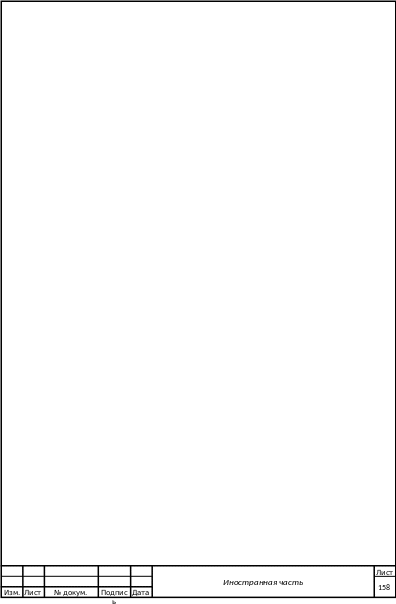 The
economics of pipeline safety are changing. Governmental oversight,
penalties and damage awards can cost hundreds of millions of dollars.
Bellingham, Washington; Edison, New Jersey; Carlsbad, New Mexico and
Guanabara Bay, Brazil are just four of the incidents that are
changing the integrity equation. You cannot afford to be wrong and
you cannot afford to do less that would be considered prudent by a
knowledgeable individual. If you do, you are at risk. Just fix it!
The
economics of pipeline safety are changing. Governmental oversight,
penalties and damage awards can cost hundreds of millions of dollars.
Bellingham, Washington; Edison, New Jersey; Carlsbad, New Mexico and
Guanabara Bay, Brazil are just four of the incidents that are
changing the integrity equation. You cannot afford to be wrong and
you cannot afford to do less that would be considered prudent by a
knowledgeable individual. If you do, you are at risk. Just fix it!
Pipeline operators must balance cost and safety but must never err on the side of cost. Significant time and money is spent trying to determine the minimum repair cost that will provide acceptable safety. Dig up an external corrosion defect that is 50 percent of the wall and 3 inches long. The code says you can re-coat and backfill. Is that the right thing to do? What if the pipeline is subjected to an abnormal operating condition and it fails? Most pipeline failures occur under unusual operating conditions. You have already spent money digging, cleaning, measuring and analyzing the defect. Why not just fix it. New technology allows this option. Two men and 25 minutes will restore the pipe to "as new" condition.
The New technology repair system offers a fast, economical and effective alternative to other repair techniques. It can improve safety, save money and is much less expensive than a failure. New technology now has 60,000 installations in 60 countries. It has been proven in service, survived critical review and is well documented. New technology is the only proven composite repair alt
